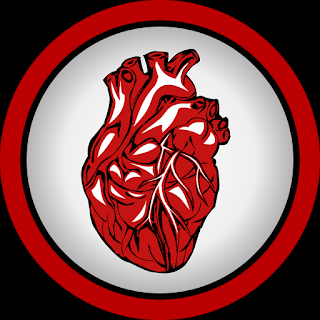What is the cost of TAVR surgery in India?

TAVR also known as Transcatheter Aortic Valve Replacement is a procedure which is used to replace the diseased valve of the heart. This therapy has been around for couple of years and is quite successful for patients who suffer aortic stenosis. It is a minimally invasive procedure which replaces the diseased valves of the heart. Because of the high success rate and the technology being around for only couple of years, the cost is little bit on the higher side. The basic advantage is the non-invasive factor and secondly, the time required for hospitalization as compared to other procedures involving the replacement of heart valves. The total cost of TAVR surgery in India varies little bit from hospital to hospital. The cost of the treatment in a specialized hospital in India comes to around Rs 18 lakhs to 20 lakhs. The valve itself is priced around Rs 13 lakh. The advantage of the procedure is that the patient’s condition returns to normality immediately after the procedure. Thus...




